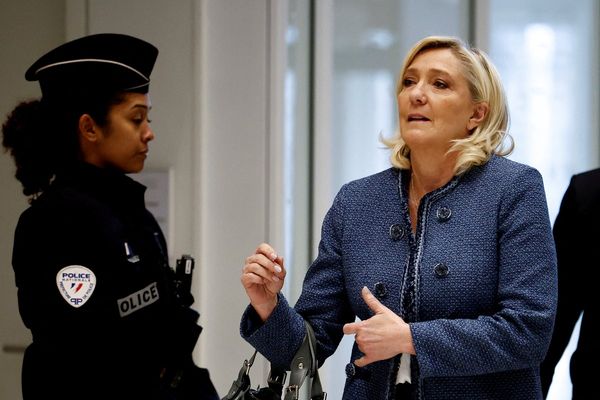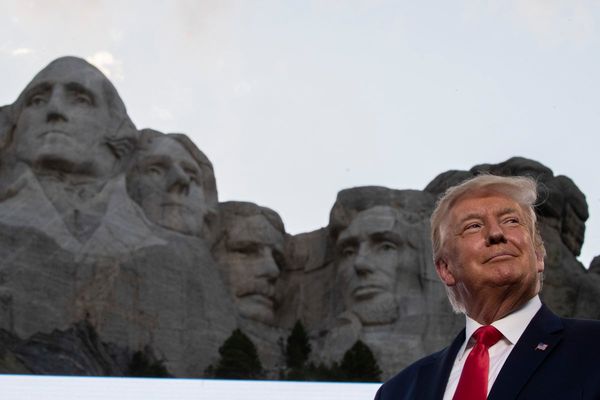Two elderly gentlemen stand absorbed in thought in front of one of Abu Abraham’s cartoons from the eighties. Soon, they recall the events that led to the cartoon and break into laughter, delighting in its wit.
Abu’s World, an exhibition of the late cartoonist’s works, at the Durbar Hall Art Gallery, would have a similar effect on anyone who has lived through India’s checkered political past. The show is, in fact, a retrospective on a young independent India’s attempts to press forward. It would be a revelation for the younger generations, too, as most of the issues the cartoons raise resonate with the current political milieu.
Abu’s legendary cartoons, with their signature simplicity, deal with ideas of democracy, secularism, socialism and stability amid issues of vote-bank politics, infighting, and factionalism.
Organised as part of Kerala Lalithakala Akademi’s tribute to eminent artists, the exhibition coincides with Abu’s birth centenary year. The exhaustive collection includes his cartoons, sketches and other works that were published in various newspapers and periodicals.
Attupurathu Mathew Abraham, a cartoonist, journalist and writer, had a career spanning 40 years during which he created a unique identity for himself. “Abu kept his caricature fluid enough to match the political flux. He didn’t stick to stock caricaturing, which was hard enough given the endless range of India’s political faces…” writes political cartoonist EP Unny, in a preface to the show.
Hailing from Mavelikkara, Abu started drawing at the early age of three. After his graduation in French, English and Mathematics, he left for London in 1953, where he started selling his cartoons to magazines and periodicals. When he returned to India in 1969, after spending a decade in London with The Observer (1956-66) and The Guardian (1966-69), India had Indira Gandhi as the prime minister. A majority of his cartoons at the show dwells on this troubled period (1969-73), when the Indian National Congress was defeated in many states following the Emergency. Despite Indira Gandhi’s attempts for a unitary form of Government, state governments pushed back. In a series of masterly strokes, he portrays Mrs Gandhi riding a tiger, playing ‘snakes and ladders’ and staring at a muddled heap of jigsaw pieces.
Everything was political for Abu. “Lately, I have come to the conclusion that there is nothing non-political in the world. Politics is simply anything that is controversial and everything in the world is controversial,” reads one of his quotes displayed at the gallery.
He was as prolific about international affairs, most of his work concerning international politics occupies the upper floor of the gallery, including the Israel-Palestine issue, the Vietnam war.
An entire section has been devoted to Abu’s famous caricatures of people as animals. “What is interesting, as one begins to contemplate the human face, is how closely it resembles others in the animal kingdom,” writes Abu. We find familiar faces morphed into frogs, bulls, fish and birds, which surely elicit smiles.
The exhibition is on at the gallery till April 21.







